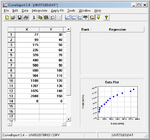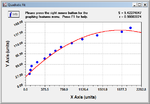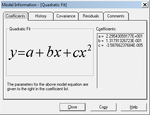skarthikshines
Member level 5
hi all?
am using msp430 controller.. i want to convert the non linear voltgae in to linear voltage by means of sofware..(it already did by means of hard ware)..please suggest me any good idea??
am using msp430 controller.. i want to convert the non linear voltgae in to linear voltage by means of sofware..(it already did by means of hard ware)..please suggest me any good idea??


